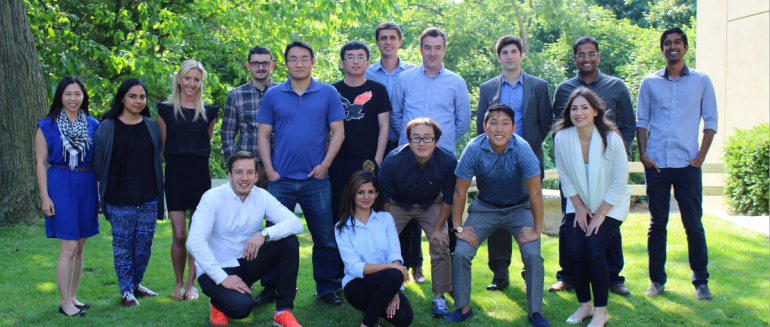Marketing is no longer a matter of paying to put an advertisement in front of someone’s face — with endless content a few clicks away, advertisers are relying on meaningful, in-depth content marketing to keep an audience’s attention.
While advertising has evolved, the way that marketers measure its value hasn’t. Advertisers still rely on impressions — a metric that was adopted to digital advertising from print over twenty years ago — which measures who glances at a preview of content rather than their engagement.
“When it comes to content where interaction happens post-click, impressions are irrelevant.”
StackAdapt, which recently raised a $1 million Series A for its native advertising platform, announced that it’s moving away from the “outdated” impressions model. StackAdapt is moving on to cost-per-engagement pricing for its users, meaning that impressions are free, and advertisers are only required to pay when a user has engages with a piece of content for at least 15 seconds.
“For brands that work with us, it’s all about relevant audiences engaging with their branded content. With attention-based pricing, we remove the risk of paying for what doesn’t move the needle for them,”
said StackAdapt co-founder Vitaly Pecherskiy. “While we assume the risk of users not spending time on content, we also price this attention-based bidding accordingly. Obviously, we make sure we don’t lose money.”
StackAdapt’s engagement-based pricing will allow advertisers to pay only for the users who read the content post-click, rather than paying based on who sees a sponsored post preview. According to Time, the average online attention span is eight to twelve seconds; and StackAdapt defines engagement in 15-second increments.
While brands are shifting away from interruptive forms of advertising in favour of content marketing, the majority of the paid distribution channels continue to adopt the same advertising pricing models — in the case of content marketing, impressions are irrelevant. “While impressions are certainly relevant for formats like video because the interaction with them happens on the impression level, when it comes to content where interaction happens post-click, impressions are irrelevant,” Pecherskiy said. “Why would you want to spend time producing great content just to be reduced to just a few sentence preview? If you create content, you want to have it read.”
As StackAdapt is the first native advertising platform to move to this model, Pecherskiy said that other companies have been slower to move in this direction mostly due to a lack of awareness around engagement — eventually, he anticipates more brands expecting this model. “Many brands already buy media only on deeper engagement metrics like cost-per-click or based on user engagement, and we only anticipate that more will follow,” he said. “There are already some companies in our industry that think in this direction too. For example, there are clear indications that Facebook, with their Instant Article product, will soon offer something similar as well.”


